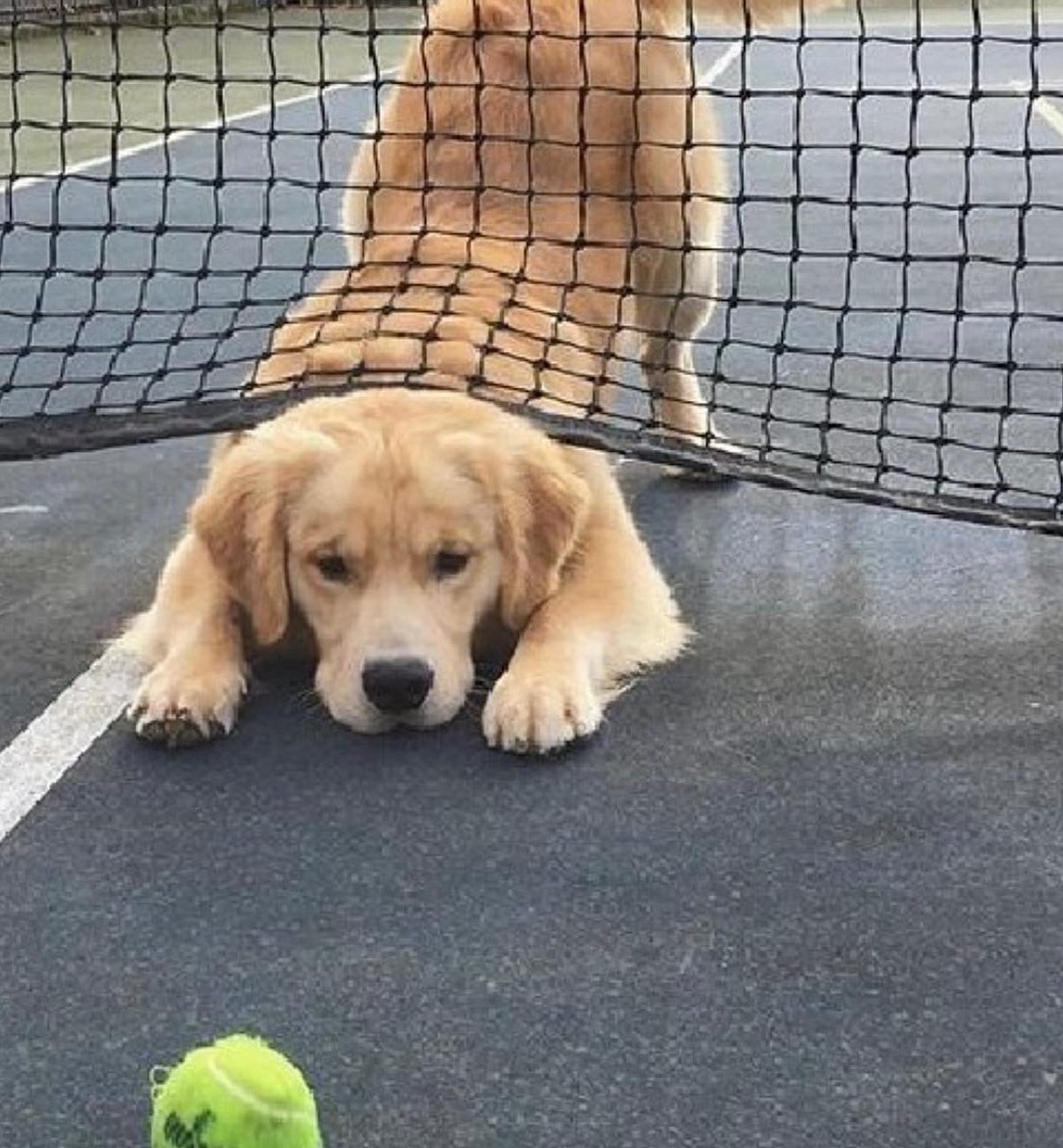
Introduction to Clicker Training
Clicker training has revolutionized dog training, offering a humane and effective method that aligns with the modern understanding of animal behavior. This method, celebrated for its simplicity and positive reinforcement principles, has gained significant popularity among dog owners and professional trainers. It stands out as a respectful and enjoyable way to communicate and bond with dogs, making the training process not just a means to an end but an enriching experience for both the trainer and the dog.
What is Clicker Training in Dog Training?
Clicker training is a positive reinforcement technique used in dog training, employing a small device that produces a clicking sound. This sound marks the exact moment a dog displays a desired behavior, immediately followed by a treat as a reward. Rooted in operant conditioning, clicker training emphasizes rewarding good behavior, promoting faster learning, and a strong bond between the dog and trainer. It’s effective for teaching basic commands and complex behaviors, making it a versatile and humane training method for dogs of all ages and breeds.
The Science and Effectiveness of Clicker Training
Understanding the Role of the Click in Training
The efficacy of clicker training in dog training is deeply rooted in the science of operant conditioning, a concept introduced by psychologist B.F. Skinner. This form of learning involves modifying behavior through reinforcement or punishment. In this training, the focus is on positive reinforcement, which rewards a behavior to increase its likelihood of being repeated.
The click sound made by the clicker acts as a conditioned reinforcer. Unlike a primary reinforcer like food, the click has no intrinsic value to the dog. However, when consistently paired with a treat, the click becomes a powerful tool in signaling to the dog that it has performed a desirable action. This clear and consistent communication lets dogs understand which behavior is rewarded, leading to quicker and more precise learning.
Moreover, the clicker’s sound is distinct and consistent, unlike human voices, which can vary in tone and emotion. This consistency helps in reducing confusion, making it easier for dogs to understand and follow the training process. Clicker training also fosters a positive training environment, as it is based on reward rather than punishment. This positivity enhances the dog’s learning experience and strengthens the bond between the dog and the trainer.
Studies have shown that dogs trained with positive reinforcement methods like clicker training exhibit lower stress and anxiety levels than those trained using negative reinforcement or punishment. This aspect of training is crucial, as lower stress levels in dogs lead to better learning outcomes and overall well-being.
The effectiveness of clicker training is not limited to basic obedience commands but extends to shaping complex behaviors and correcting unwanted behaviors. It offers a flexible and adaptable approach for dogs of different breeds, ages, and temperaments.
Getting Started with Clicker Training

Before diving into the specifics of this training, it’s essential to understand the groundwork needed for this training method. Clicker training is not just about using a clicker; it’s about creating a positive, understanding, and responsive environment for your dog. This approach builds trust and a strong bond between you and your pet, setting the stage for effective communication.
Introducing Your Dog to the Clicker
Introducing your dog to the clicker is the first step in clicker training. Begin by associating the clicker with something positive. This usually means clicking and immediately giving your dog a treat. The goal is for your dog to understand that the click sound equals something good. This process, known as ‘charging’ the clicker, might take a few sessions.
When starting, choose a quiet environment to minimize distractions. Click the clicker and immediately offer a treat. Repeat this several times during short training sessions. Watch for signs that your dog is making the connection – such as perking up, looking at you, or showing excitement when they hear the click. Once your dog understands that the click means a treat is coming, you can begin using the clicker to mark specific behaviors.
Remember, the timing of the click is crucial. The click should occur as the desired behavior occurs, not before or after. This precise timing helps the dog understand exactly what behavior is being rewarded. Patience and consistency are essential in these initial stages as your dog associates the click with positive reinforcement.
The Importance of Timing in Clicker Training
Timing is a pivotal element in clicker training and can be the difference between success and confusion in your dog’s learning process. The click sound must precisely coincide with the desired behavior to effectively mark it. This precise timing lets your dog understand exactly which action has earned them a reward. If the click is too early or too late, it can create confusion, leading to slower learning or reinforcing the wrong behavior. Teaching the timing of the click requires practice and patience but is crucial for effective communication and rapid learning in clicker training.
Mastering the Basics of Clicker Training
Mastering the basics of clicker training is fundamental for building a solid foundation. Here’s a concise guide to help you get started:
- Select a Simple Behavior: Begin with basic commands like ‘sit’ or ‘stay.’ It’s essential to define the behavior you want to teach clearly.
- Engage Your Dog: Ensure your dog’s attention is on you, minimizing distractions.
- Encourage the Behavior: Wait or gently guide your dog to perform the desired action.
- Timely Click: When your dog does the behavior, click the clicker. This exact timing is critical to mark the behavior accurately.
- Immediate Reward: Right after clicking, give a treat. This reinforces the positive connection between the behavior and the reward.
- Consistent Repetition: Repeat this process in short, frequent sessions for reinforcement.
- Introduce a Command: Add a verbal cue like “sit” just before the action once your dog consistently responds.
- Fade the Clicker Gradually: As your dog responds to the verbal cue, slowly lessen clicker use.
- Vary the Environment: Practice in different settings to generalize the learned behavior.
Step-by-Step Approach to Basic Behaviors
Each new behavior should be taught using this systematic approach. Starting with straightforward commands paves the way for more complex training. The key to successful training is patience, repetition, and consistent positive reinforcement.
Progressing to Advanced Click Dog Training Techniques
Moving into advanced clicker training techniques is an exciting progression in your dog’s education. This stage is about enhancing skills and teaching more complex commands. Advanced training builds upon the basic commands your dog has already mastered, introducing more challenging tasks and behaviors.
Using Clicker Training for Complex Commands
The approach breaks down these advanced tasks into smaller, manageable steps when using clicker for complex commands. For instance, if you’re teaching a sequence like fetching an item, you start by rewarding the dog for touching the item, then holding it, and gradually bringing it back to you. This method, known as ‘shaping,’ allows your dog to learn complex behaviors step-by-step, ensuring clarity and reducing frustration.
Complex commands often involve chains of actions. Clicker is efficient in teach your dog these sequences because it precisely marks each step of the behavior chain. By focusing on each segment, you can guide your dog through the entire sequence, ensuring they understand each part before combining them into the final behavior.
Tips for Successful Clicker Training
Practical training is based on a few fundamental principles, crucial for a rewarding and successful experience.

The Golden Rules of Effective Clicker Training
- Consistency: Use the clicker the same way every time, pairing it immediately with a reward.
- Timing: The click must precisely mark the desired behavior for clear communication.
- Short Sessions: Keep training brief and engaging to maintain your dog’s interest.
- Positive Reinforcement: Always reward good behavior, focusing on encouragement rather than punishment.
- Enjoy the Process: Ensure training is enjoyable for you and your dog, strengthening your bond.
These guidelines are fundamental for a productive and enjoyable training journey.
Reward-Based Training with Clickers
Reward-based training using clickers is a highly effective method, emphasizing positive reinforcement. Rewarding desired behaviors immediately after a click motivates dogs and accelerates learning. This approach enhances skills and nurtures a trusting and joyful relationship between the dog and its trainer.
Incorporating Clicker Training in Toilet Training
Implementing clicker training in toilet training can significantly streamline the process. By using the clicker to mark the exact moment your dog eliminates in the appropriate spot, you reinforce this behavior positively. Start by taking your dog to the designated bathroom area and wait for them to relieve themselves. As soon as they do, click and immediately reward them with a treat. Consistency is vital; ensure every successful toilet event is followed by a click and treat. This clear, positive reinforcement helps your dog understand and adhere to toilet training quickly, making the process less stressful and more efficient for both of you.
Choosing the Right Training Treats for Clicker Training
Selecting the proper treats is crucial in clicker training. The treats should be highly appealing to your dog, small enough for quick consumption, and healthy to avoid overfeeding. Variety is essential to maintain interest. Consider your dog’s dietary needs and preferences when choosing treats to ensure a positive and practical training experience.
Addressing Challenges in Clicker Training
While clicker training is a powerful tool, it has challenges. These challenges often stem from misunderstandings or miscommunications between the trainer and the dog. Addressing these issues promptly and effectively is crucial to maintain the learning momentum and ensure a positive training experience. Recognizing and overcoming these obstacles is a vital part of the training journey, helping to strengthen the bond between you and your dog while enhancing the effectiveness of the training.
Solving Common Problems and Proofing Behavior
Common problems in clicker training can range from timing inaccuracies to inconsistency in reinforcement. To address these, you must revisit the basics and refine your technique. Proofing behavior, or ensuring your dog can perform commands in various situations and with distractions, is also crucial to successful training. This involves gradually introducing new environments and distractions, reinforcing the dog’s ability to respond reliably under different conditions. Overcoming these challenges is part of the training journey, contributing to a more well-rounded and adaptable canine companion.

Enhancing Your Clicker Training Sessions
As you become more comfortable with the basics of clicker training, there’s an exciting opportunity to enhance your sessions. This involves introducing more variety and complexity, which challenges your dog and keeps the training process engaging and fun for both of you. Moving beyond basic commands allows you to explore the full potential of clicker training, tapping into more advanced skills that can improve your dog’s cognitive abilities and responsiveness.
Moving Beyond Basic Commands to More Advanced Skills
Transitioning to more advanced skills in clicker training involves creatively building upon the basic commands your dog has mastered. This progression is essential for keeping your dog mentally stimulated and eager to learn. Advanced skills might include complex commands, behavior chains, or tricks that require a higher level of understanding and execution from your dog. The key to success in this phase is patience, gradual progression, and consistent reinforcement, ensuring that each new skill is a positive and rewarding experience for your canine companion.
Resources and Tools for Clicker Training
The right resources and tools can enhance your clicker training approach. Here’s a streamlined list of essentials:
- Clickers: Choose a comfortable and audible clicker for practical training.
- Training Treats: Small, appealing treats are crucial for positive reinforcement.
- Instructional Books and Videos: These provide valuable techniques and tips for trainers.
- Mobile Apps: Helpful for tutorials, timing, and digital clicker sounds.
- Professional Trainers and Classes: Access to expert advice and structured learning environments can be invaluable.
Utilizing these tools can significantly improve the efficiency and effectiveness of your clicker training sessions.
Advantages of Video Training Consultations in Clicker Training
Video training consultations offer unique benefits. Here are some key advantages:
- Personalized Feedback: Trainers can give you tailored advice based on your and your dog’s needs.
- Real-Time Guidance: Immediate correction and guidance during training sessions enhance learning efficiency.
- Convenience: Access professional training from home, fitting easily into your schedule.
- Behavior Observation: Trainers can observe your dog’s behavior in its natural environment, providing more accurate advice.
These benefits make video training consultations valuable to your toolkit.
Conclusion: Maximizing the Benefits of Clicker Training

Clicker training is a powerful, positive reinforcement tool that enhances the training experience for dogs and trainers. You can maximize the benefits of this training by focusing on consistent, positive reinforcement and adapting to your dog’s learning pace. This method teaches obedience and skills and fosters a deep bond and mutual respect between you and your dog.
